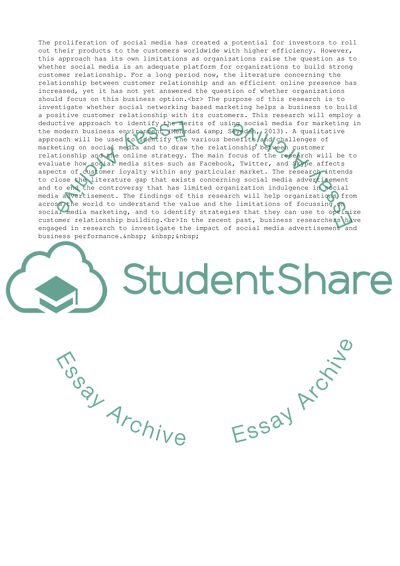Cite this document
(Competitive Intelligence and Sales Management Research Paper, n.d.)
Competitive Intelligence and Sales Management Research Paper. Retrieved from https://studentshare.org/management/1639975-competitive-intelligence-and-research-assignment
Competitive Intelligence and Sales Management Research Paper. Retrieved from https://studentshare.org/management/1639975-competitive-intelligence-and-research-assignment
(Competitive Intelligence and Sales Management Research Paper)
Competitive Intelligence and Sales Management Research Paper. https://studentshare.org/management/1639975-competitive-intelligence-and-research-assignment.
Competitive Intelligence and Sales Management Research Paper. https://studentshare.org/management/1639975-competitive-intelligence-and-research-assignment.
“Competitive Intelligence and Sales Management Research Paper”, n.d. https://studentshare.org/management/1639975-competitive-intelligence-and-research-assignment.


